Exhibition place:2F, Brocade Cafe , China National Silk Museum
Exhibition time:2022.6 - 2022.8
Sponsor: Zhejiang Provincial Cultural Heritage Bureau
China Association for Conservation Technology of Cultural Heritage
Organizer: China National Silk Museum
Venue:
Preface
Cultural heritages stand as precious relics of history with different microscopic shapes and structures due to different materials. We are always amazed by the tiny world in them when observing them under a microscope with a thousands-times magnification rate. The microscope undoubtedly leads us to another world, where we gaze at cultural heritages in silence while they tell their stories of thousands of years.
With microscopes (biological microscopes, polarizing microscopes, super-depth-of-field microscopes, fluorescence microscopes, scanning electron microscopes, etc.), we can take a very close observation of the microscopic forms of ancient cultural heritages, such as metals, jades, stones, ceramics, glass, murals, papers, textiles, bamboos, and lacquerware, and then figure out their historical, cultural, and scientific values. This exhibition is sponsored by Zhejiang Provincial Cultural Heritage Bureau and the China Association for Conservation Technology of Cultural Heritage and organized by the China National Silk Museum, aiming to strengthen microscopic research on cultural heritages and related conservation materials and further promote the scientific understanding of cultural relics and the spreading of the beauty of arts.
Inorganic Cultural Heritages
Inorganic cultural heritages include metals and non-metals such as jades, stones, ceramics, and glass, which feature good stability and easy preservation and are most common in archaeological sites. Different types of inorganic cultural heritages are affected by the environment differently, resulting in different shapes after being unearthed and corresponding changes in microscopic structures.
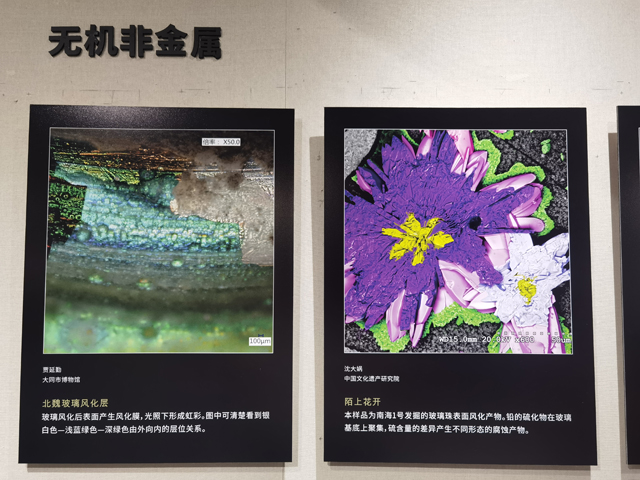
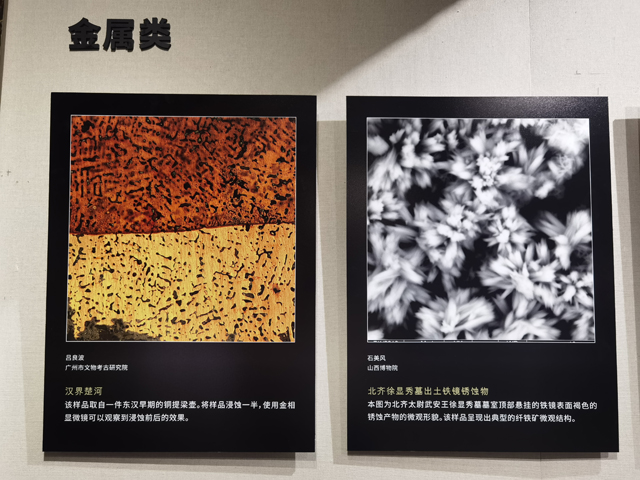
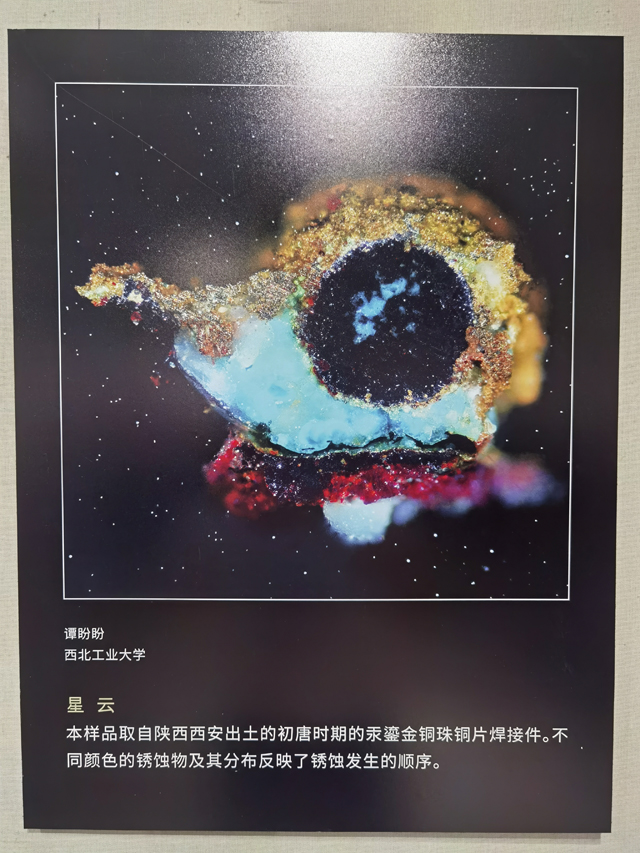
Organic Cultural Heritages
Organic cultural heritages include papers, textiles, binding media used in polychromatic artworks, bamboos, woods, lacquer, and other materials, which are generally composed of natural polymer materials such as cellulose and protein. No matter in which form they are displayed after processing, they still retain their original physical and chemical functions and will respond sensitively to minor changes in the surrounding environment. Therefore, the microscopic structures of organic cultural heritages are more complex.
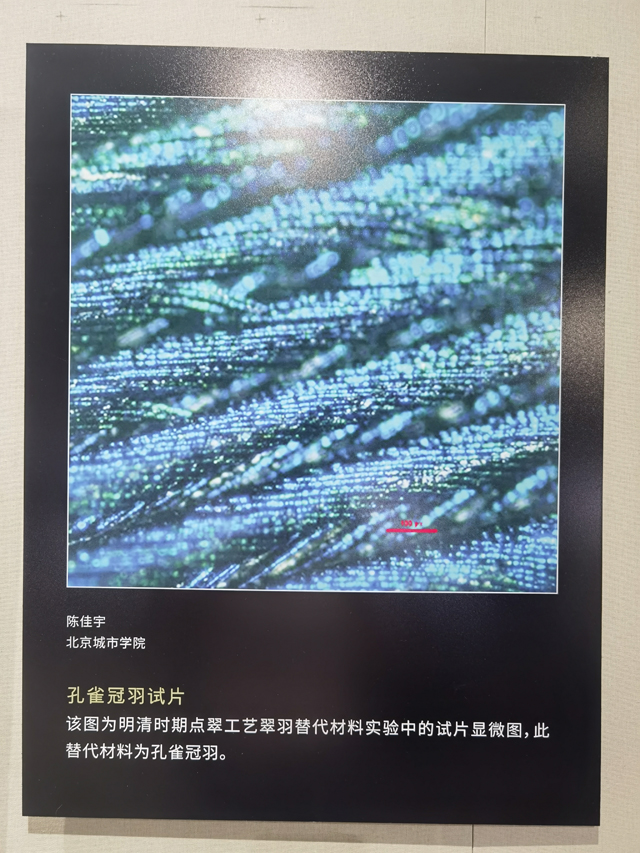
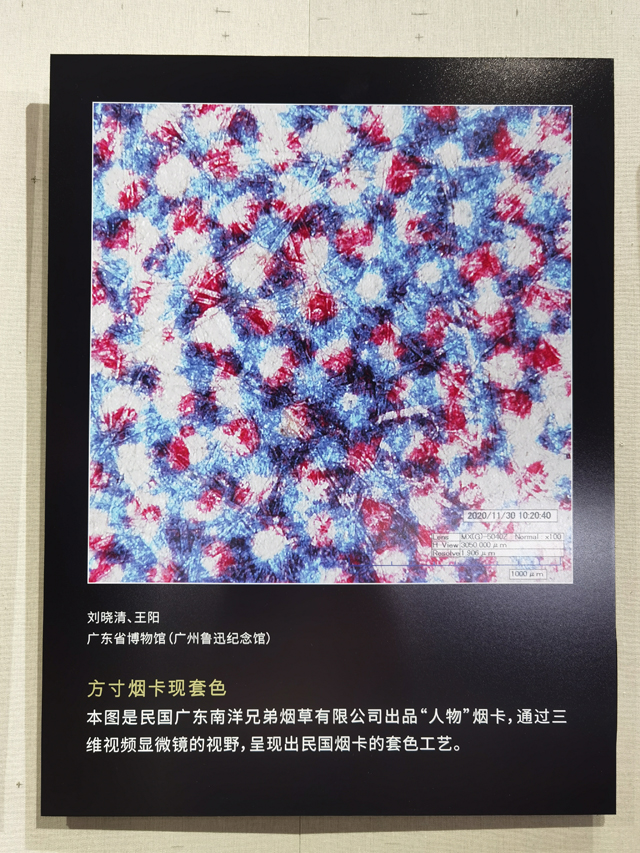
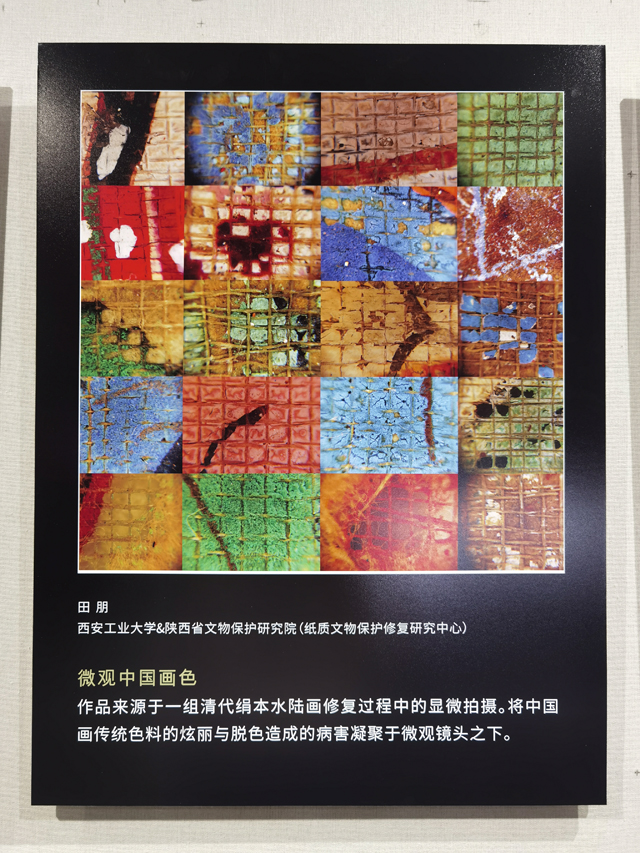
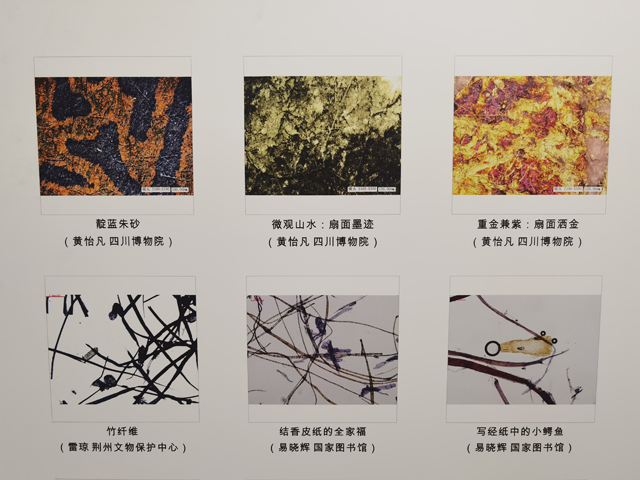
Conclusion
The microscopes have led us to a colorful world, and in this microscopic field of vision, we can view the fine structures and various forms of cultural heritages that are beyond the vision of the naked eyes. This exhibition is also an access for more cultural heritage conservation technologists and enthusiasts to join our big family of Micro Observations.
 Pay attention to us
×
Pay attention to us
×